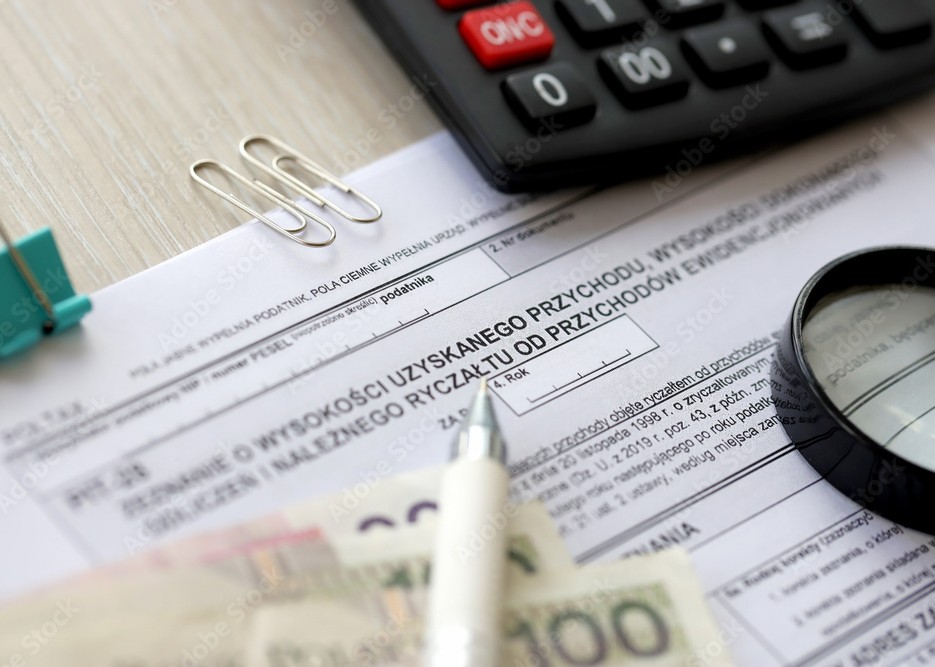Are you running a law firm and wondering about the correct flat tax rate? Contrary to popular belief, simply having the title of attorney-at-law or legal advisor does not automatically mean you have to pay the 17% rate. In certain cases, you may qualify for the lower 15% rate, which can translate into significant tax savings, especially at higher income levels.
The flat-rate tax system for lawyers operates with two different rates, which clearly distinguish how the legal profession is practiced. A 17% rate applies to income from independent professional activities, while the 15% rate applies to legal services that fall outside the scope of a “liberal profession". The key question is: what determines this distinction?
Employment as a differentiating factor
The main criterion for determining the applicable rate is how the legal practice is organized—specifically, whether the lawyer employs individuals who perform tasks related to the core of the legal profession. According to the definition in the Act on Flat-Rate Income Tax, personal performance of a liberal profession means conducting the activity without employing individuals (under employment contracts, contracts of mandate, contracts for specific work, or similar agreements) who carry out tasks related to the essence of the profession.
To qualify for the 15% rate, two conditions must be met: the lawyer must employ a natural person, and that person must perform duties related to the core legal profession. This means the lawyer must cooperate with another lawyer, a legal trainee, or a person with similar legal qualifications.
Practical examples of rate application
The Director of the National Tax Information Office has confirmed in numerous tax rulings that hiring a trainee attorney or legal advisor under a contract of mandate qualifies for the 15% rate. Trainees perform tasks that are directly tied to the essence of legal work. The same applies to cooperation between lawyers—signing a cooperation agreement with another lawyer, even without specifying minimum working hours, also allows the use of the lower tax rate.
Notably, the regulations do not require a minimum number of working hours. Even occasional collaboration during high workload periods is sufficient. It doesn’t matter whether the cooperation involves full-time work or just a few hours a month—what counts is that the person performs legal duties.
Conversely, employing only administrative staff—such as a secretary, accountant, or other support personnel—does not entitle the lawyer to the 15% rate. In such cases, the lawyer is still deemed to be personally performing the profession and must therefore apply the 17% flat-rate tax.
Pitfalls in interpreting the regulations
Many taxpayers mistakenly assume that any form of cooperation with another lawyer automatically qualifies them for the lower tax rate. However, B2B contracts between lawyers can be problematic. Tax authorities are increasingly scrutinizing such arrangements to determine whether the tasks performed truly relate to the core legal profession, or whether the setup is merely an attempt to avoid the higher tax rate.
Another common pitfall is hiring law students. Unlike legal trainees, students are not authorized to perform core legal tasks, so employing them does not justify applying the 15% rate. The same applies to law graduates who have not yet started their legal training—they are not formally practicing the legal profession and thus don’t meet the requirements.
Justification for rate differentiation
The purpose of these two tax rates is to compensate for the higher operational costs incurred by lawyers who employ qualified legal staff. Since the flat-rate system does not allow for deducting business expenses, the legislator introduced a lower tax rate for lawyers who incur such costs by employing trainees or other legal professionals. In this way, the tax system attempts to reflect the actual costs of running a larger law firm.
So, if you run a law firm and work with other lawyers or legal trainees—don’t miss out on the tax benefits available to you. Properly applying the 15% flat-rate tax not only means savings but also ensures lawful use of tax preferences intended for legal professionals with higher operational costs.


.svg)